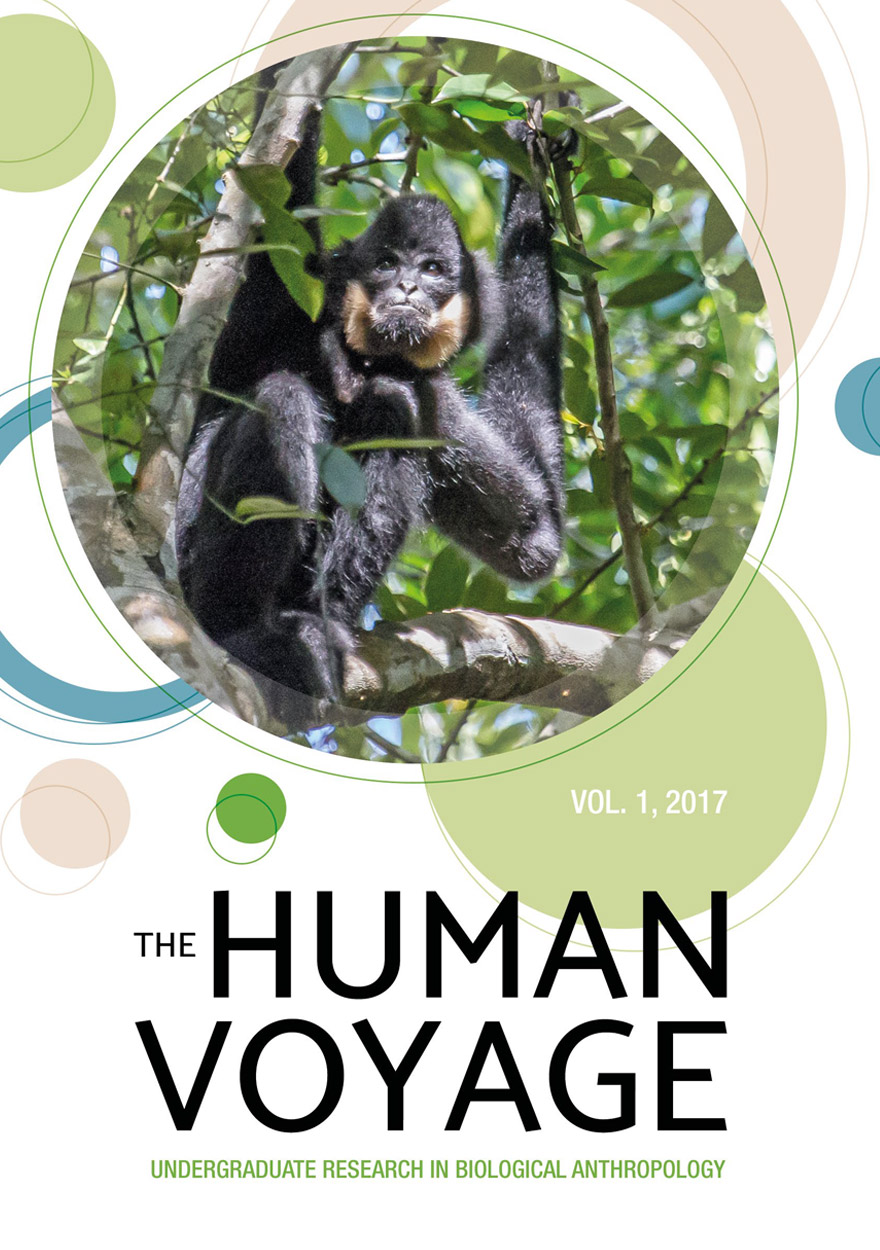Wind suppresses calling in northern buff-cheeked crested gibbons (Nomascus annamensis)
Main Article Content
Keywords
gibbons, communication, wind, calling probability, vocalisation survey
Abstract
Communication is multimodal, occurring through many different mediums, and enables relationships to be formed and regulated. As communication is costly to an individual, selection pressures have driven signal formats towards those that maximise the likelihood of success while still being affordable to those producing them. In vocal communication, the acoustic structures of calls and the associated behaviours ensure maximum transmission in an individual’s environment, increasing the likelihood that the signal will reach the intended receiver. Nomascus annamensis (northern buff-cheeked crested gibbon), like other gibbon species, is inconspicuous and, as a result, vocalisation surveys are the best way to assess population size and density. I used data produced from vocalisation surveys of three populations of N. annamensis in Mondulkiri Province, Cambodia, to assess if wind speed, cloud cover, fog and rain the night before and the morning of surveys impacted calling probability. The findings suggest that wind speed and cloud cover significantly affect calling probability of N. annamensis. These findings are relevant for improving the accuracy of population estimates developed from vocalisation surveys.

